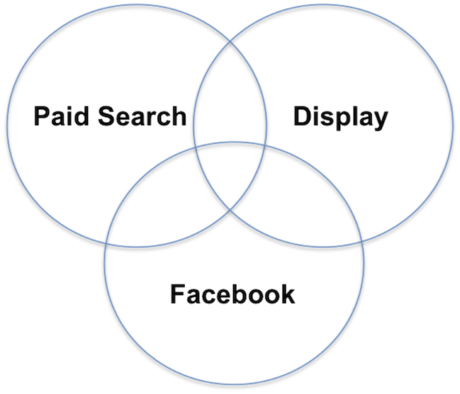Actionable Media Attribution and Analytics for Search Marketers
A real world example of why attribution modeling and analytics is vital to the success of a marketing campaign.
A real world example of why attribution modeling and analytics is vital to the success of a marketing campaign.
Attribution of digital marketing efforts — across elements such as paid search, organic search, display and social media — gets no shortage of discussion among search marketers today. This is for good reason. Technology has enabled marketers to understand how their distinct marketing efforts impact each other.
Meanwhile, consumers are transitioning much of the purchase funnel online, which makes attribution analysis even more important. But questions persist: Is the effort required for proper attribution worth the payoff, and what do I do with the data when I get it?
Specifically, there are distinct ways that marketers should be using funnel analysis and attribution to impact their ROI:
The following is a quick scenario about one of our customers (a national hotel chain running search and display) and how they took advantage of all three benefits above. It provides a useful and illustrative real-world example of how attribution can positively impact our ROI.

This customer had been using last click attribution for several years. As a result, all of the originating and assisting media was greatly under-credited in the day-to-day attribution accounting.
De-duplication of actions had already been eliminated as an early challenge. The first step in the attribution analysis was to examine the funnel position of the marketing channels.
We discovered that non-brand keywords and brand-display tended to appear early in the funnel process, while brand search and retargeted display tended to “close the deal.”
Once we understood the relationship between each of these marketing channels and funnel position and analyzed the data further, we ended up recommending a “spread” model for this customer’s attribution, one where revenue and action credit was divided fractionally across various clicks and impressions.
The spread model still favored the last exposure, but the analysis accounted for media where the marketer had more headroom for efficient spending that would end up feeding the funnel, but hadn’t been perceived to be efficient enough (on a last click model) to justify additional spending.
After the attribution model was changed, our paid search portfolio optimization algorithm started shifting spend up the funnel to keywords that had been bid down previously. This kicked off a virtuous cycle where top of funnel search ended up assisting brand search and display retargeting, both of which were extremely cost effective at closing the deal.
The optimization algorithms automatically started feeding the top of the funnel. Overall efficiency improved across all of their marketing channels, which in turn meant budgets could be raised while sticking to the same CPA goals that the marketer had been targeting before.
More budget shifted up the funnel created more efficiency, until we reached a point of stasis around the desired CPA goal across all media channels.
The new model allowed the marketer to spend 42 percent more on paid search and earn 34 percent more revenue attributed to paid search, while still growing their overall funnel volume significantly and maintaining a flat ROAS across all media.
Attribution modeling and analytics can be vital to the success of a marketing campaign, but only if the attribution analytics are actionable and fed back directly into the optimization of your campaigns.
For this marketer and others who have adopted attribution and automated these learnings to feed their media optimization, the return is most certainly worth the effort.